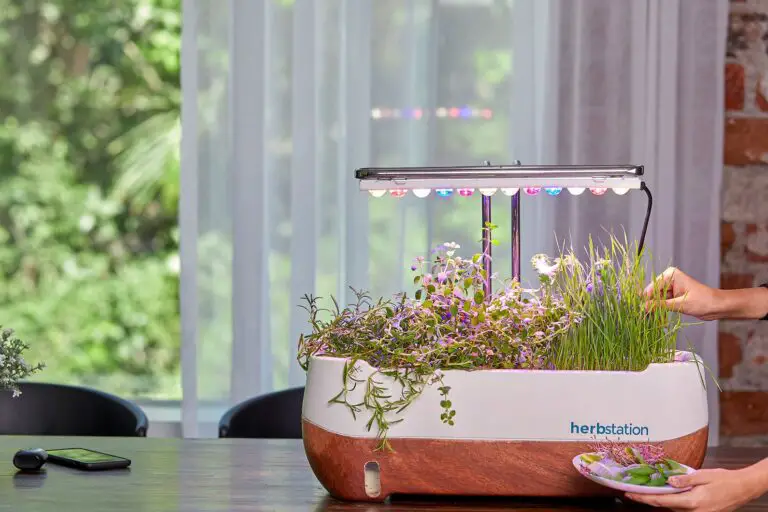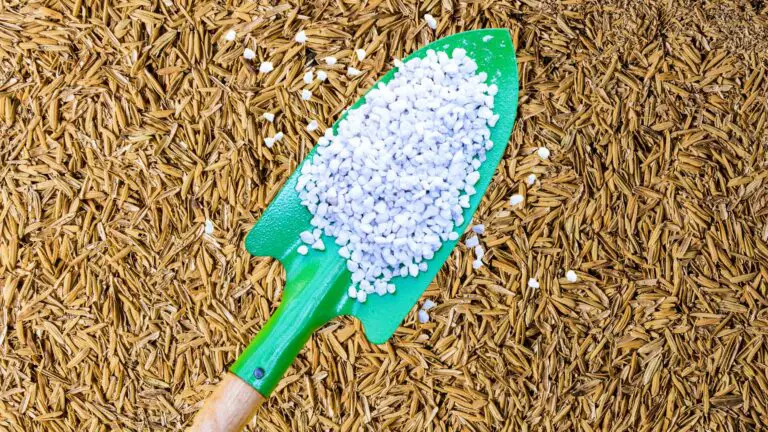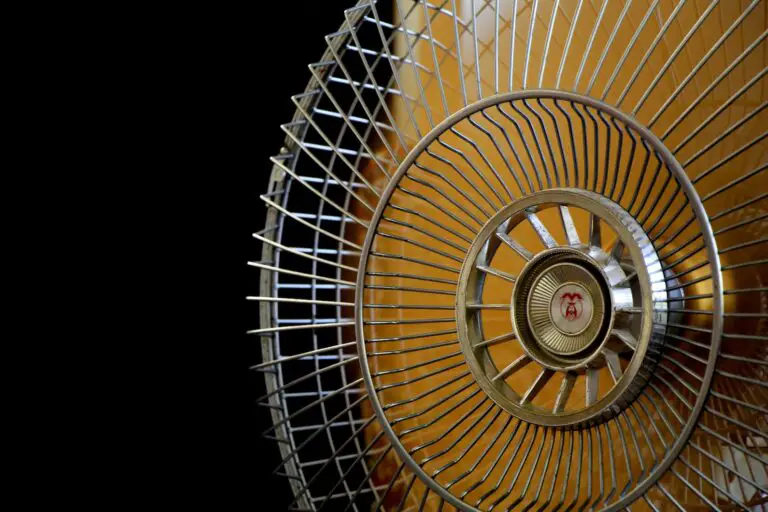10 Mistakes to avoid when growing basil in hydroponics.
Disclosure: Your purchases through our links may earn us a small commission, supporting our site’s ability to provide valuable information to our readers. Rest assured, it won’t impact your price. Thank you for your support.
Basil is an easy-to-grow herb. Most hydroponic growers, even with little experience, do well with basil.
If you do it right, you’ll never have to buy basil again. Yes, you can use the cutting from your store to propagate basil. From there, you can use this mother plant to propagate new ones.
But even though it’s super easy to grow, sometimes, unknowingly, we make mistakes that cost the entire plant. This post will walk you through 10 mistakes you must be aware of. Avoid these to grow better basil all year around.
Related: The Ultimate Guide to Grow Basil Using The Kratky Method
1. Insufficient lighting
Basil loves full sun. What else could it be? It’s a plant from tropical southeast Asia and Africa.
The number one mistake you can make is not providing basil with enough sunlight. You must expose basil to direct sun for at least six hours daily.
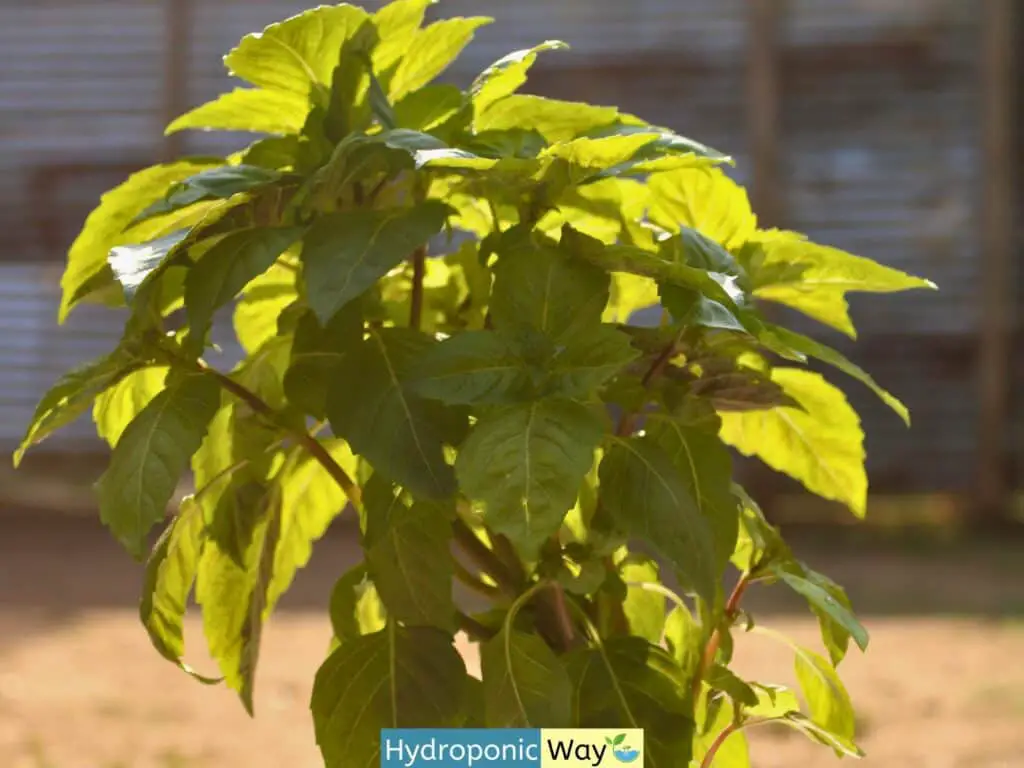
Basil plant growth is stunted under low lighting. In systems like Kratky, stunted growth is often followed by unhealthy roots.
Often, when basil is growing with other plants with large foliage, they don’t get enough light. Another instance is where basil is growing indoors.
To fix basil’s lighting issues, move the plant to a sunny area or supplement it with a grow light.
2. Too much heat
Like too little light, too much heat is also a problem for basil. Basil prefers a temperature of 68-84 F (20-30 C). When the temperature is too high, basil leaves tend to wither.
If you see basil wilting like this and suspect heat stress, immediately install a shade net. A shade net filters out too much sunlight and keeps the inside sufficiently lit without spiking the temperature. Shade nets come in different levels. For most people, about 40%—50 % would be perfect. But if you’re growing in a deserted land, try an 80% shade net.
3. Insufficient airflow
Seasoned gardeners would attest to this point. A fan is a secret for a healthy plant.
Airflow helps with transpiration in the plant, which in turn helps with nutrient uptake. Plants like calcium depend on transpiration to reach all plant areas. When you don’t have enough airflow, you start to see the tips of the basil leaves burning. This is indeed not a nutrient problem but a nutrient uptake problem.
Plants with insufficient airflow are also susceptible to downy mildew. Basil grows as a bush and can catch infections sooner when the airflow is dull.

If you don’t get natural wind, a fan could help. A fan that works a few hours a day would greatly improve the airflow and keep the plant healthy.
Related: 7 Tips to Avoid downy mildew in basil
4. Lack of oxygen around roots
As you grow basil hydroponically, sometimes you see the roots of the plant turn brown. Then they might die. This is known as root rot, which happens when there’s insufficient oxygen around the root.
This is common in passive, non-circulating systems like Kratky. Systems like DWC aerate the water to increase oxygen content while circulating systems like NFT work well.

Root rot conditions can be reversed. Also, though basil gets root rots, they come back quickly.
Related: Fixing Root Rot in Hydroponic Basil
5. basil flowering/bolting
Basil’s primary reproductive mechanism is seeds. Most basil varieties bloom when they are around 6 to 8 months old. When the flowers mature, they produce seeds, a process known as bolting.
According to the plants ‘ terms, its purpose was met once the basil plant bolted. At this point, the basil’s flavor and aroma will deteriorate.

Basil needs the aroma and unique flavor to protect it from herbivores eating them. But once it’s bolted, the plant no longer needs to spend its energy protecting itself. So they lose the qualities that we love them for.
Regular pruning will keep the basil from bolting. If you see flowers anyway, the best thing to do is pinch them off. If there are too many flowers, and pinching is no longer practical, you better grow a new plant.
You can use the cuttings of the same plant you think will bolt soon and start a new plant.
Related: Why Does Basil’s Stem Turn Woody?
6. Spaced too far
Basil rarely has a problem with space, but it can be crowded. With enough light, nutrients, and airflow, dense planting is possible.
Space is gold, especially in hydroponics, where the setup is costlier than soil-based farming. Why would you grow a single plant when you can grow several individual plants together?
If you’re growing in Kratky or DWC, you can arrange the holes densely. Even if the holes are far apart in all the systems, you can still plant more than one basil in the same hole.
Dense growing allows us to produce more basil leaves in a short period. It’s equally suitable for industrial growers and indoor gardeners who can maximize their return by saving space.
7. Picking the leaves
The best consumable part of basil is its leaves. Most home growers naturally pick the leaves and use them as toppings.
There are two issues with this. One is that basil’s tips will start to produce flowers sooner. The other is that basil will grow leaner and taller instead of bushier.
We’ve already discussed the consequences of bolting or basil blooming and producing seeds. Picking leaves will encourage the basil to bloom sooner, as it indicates to the plant that it is nearing the end of its life. Also, basil flowers appear at the tip of each stem. When we harvest only the leaves, the tip is still intact. Basil that grows leaner and taller needs more edible foliage. This, too, is undesirable to us.
The proper harvesting technique for basil is to cut the stems, leaving one leaf node in the plant. Once you cut the stem, new offshoots will still grow near the leaf node in the plant. This way, basil’s stems will multiply every time you cut them. Also, with fewer stem tips to produce flowers, bolting is delayed.
Related: How often can we harvest basil?
8. Infected pruning scissors.
Harvesting the basil plant requires a pruning scissor or anything similar. Of course, you can break it with your hand, but the plant damage can be higher.
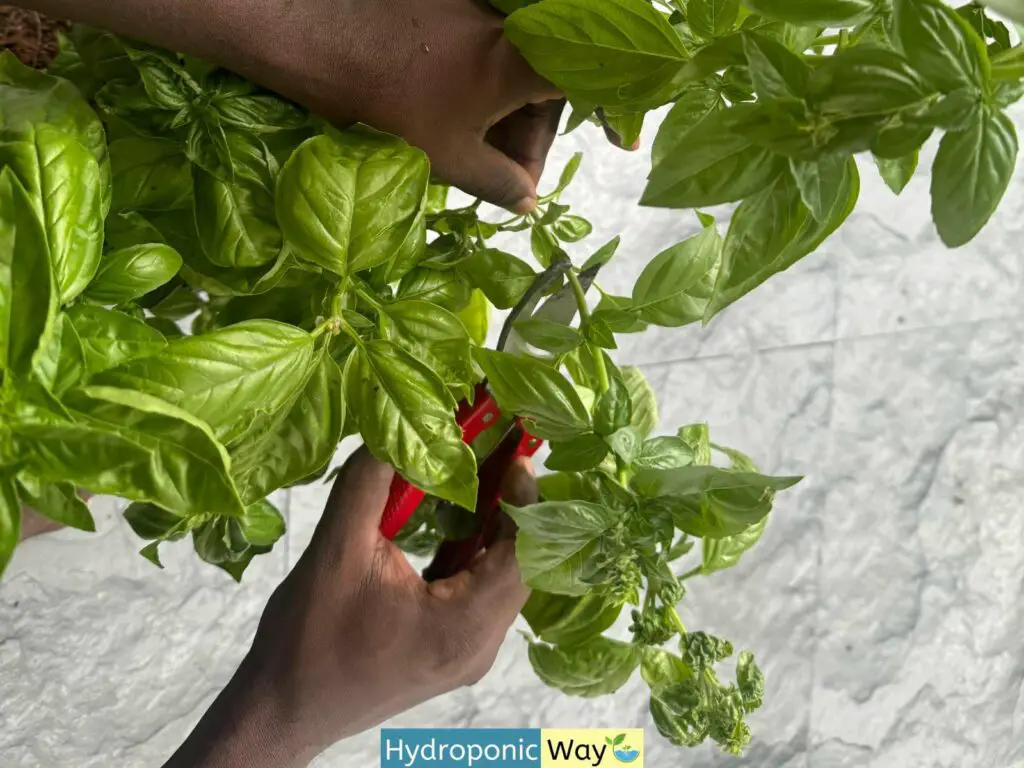
Yet, a common mistake when harvesting basil, or any other plant, is not disinfecting the tools. Your scissors can carry harmful funguses and viruses and infect the plant. In basil’s case, fusarium wilt is a common infection spread through infected equipment.
The most convenient way to disinfect tools is to use a disinfectant wipe and keep wiping the tool whenever you cut a plant. Alternatively, you can heat the tools directly in a flame, which is impractical in most settings.
Also, if you need to harvest more than one plant, you need to disinfect when you move from one plant to another. Otherwise, you could carry the pathogens along.
Related: Hydroponic Basil Pests and Diseases
9. Incorrect EC and pH of the nutrient
We grow basil primarily for its leaves. Thus, basil has straightforward nutrient needs, which would be different and challenging for fruit or root vegetables.
However, unlike leafy greens, basil’s nutrient concentration requirements are slightly higher. While leafy greens like lettuces grow at 0.8-1.5 EC, basil prefers EC above 1.5. An ideal concentration is around 2.4.
Low EC levels will lead to slow growth in basil. As mentioned, unhealthy roots in passive hydroponic systems often accompany slow growth. At the same time, a nutrient concentration above 4.0 also harms basil. At such high concentrations, basil leaves would show nephrosis or burning.
Basil likes a slightly acidic nutrient solution, about 5.8-6.5, perfect for healthy basil growth. Note that mixing nutrients in the water will bring down the pH. Thus, starting with somewhat neutral water and mixing nutrients is better.
Related: Nutrient Requirements For Hydroponic Basil: Mixing, Fixing and Diagnosing
10. Wrong companion plant
Lastly, everyone needs friends. Basil too. But some plants aren’t that great for basil.
Tomatoes, leafy greens, and peppers are suitable for growing alongside basil. Yet highly vegetative plants may block the light reaching basil, making plants like cucumbers and pumpkins less good choices.
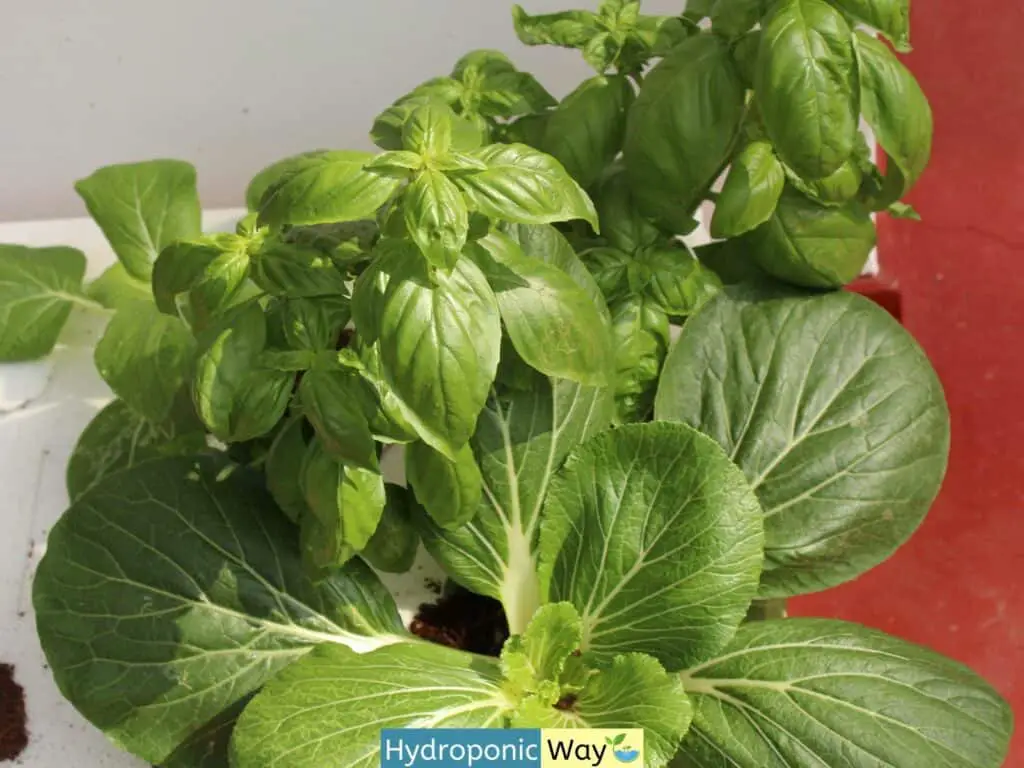
Here is a special note for growing basil in hydroponics. Basil’s nutrient requirements are somewhat different from those of other plants. Thus, you must match the EC when growing companion plants in the same nutrient reservoir.
For instance, if you grow basil and lettuce in the same nutrient reservoir, either basil will show symptoms of nutrient deficiency or lettuce might get nutrient burn.
But as long as the companion plants’ EC requirements fall under a comfortable range for basil, you can grow them together in the same nutrient reservoir. For instance, you can grow pepper and basil in the same reservoir.
Related: Basil As A Companion Plant: 5 Plants You Can Grow With Basil For Best Results.


